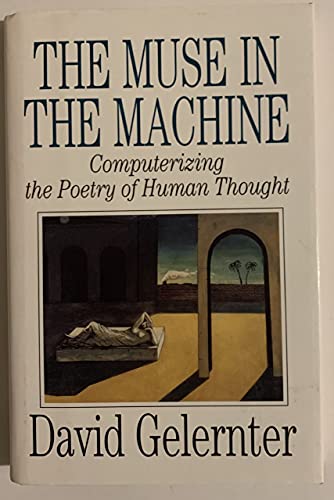Synopsis
Examines the full spectrum of human cognition--including creativity, common sense, spirituality, and dreaming--describes the role that emotion plays in these thought processes, and explains how it is possible to introduce emotions into artificial intelligence systems.
Reviews
Emotions, metaphors and analogies lie at the heart of human thought, asserts Yale computer scientist Gerlernter, a founder of parallel processing, in a brilliant and wholly accessible book about the theoretical underpinnings of artificial intelligence. His heretical new model of thought posits a "cognitive spectrum" extending from "high-focus" activities like reasoning, analysis and abstraction to "low-focus" thought whereby emotions make possible unexpected connections, leaps of awareness and creative juxtapositions. Gerlernter ambitiously applies this model to illuminate dreaming, sleep, hypnosis, spirituality and the emergence of the modern mind from an ancient, prelogical mindset that he likens to children's thought processes. He also describes a software program, developed by his research team at Yale, that he sees as a first step toward a working model of a truly "thinking machine" embodying the cognitive spectrum. But even so, Gerlernter finally concludes that it's the "observer illusion" that distinguishes the "mystery of consciousness"--and that "there is no reason to suppose . . . that adding emotion, or performing any other sophisticated programming trick, will ever endow a computer with the illusion of an observer-self."
Copyright 1994 Reed Business Information, Inc.
The breakthrough in computer technology that will produce artificial intelligence (AI) appears tantalizingly close, yet it continues to elude the best efforts of scientists and mathematicians. In a wide-ranging investigation, Gelernter tries to explain why, after remarkable progress, attempts to create AI have fallen short. The problem lies in the failure of logicians and computer scientists, masters of logic and reasoning, to fathom the type of thought practiced by poets, seers, children, and mystics. This type of thought, which the author labels "low-focus thought," not only stirs the emotions in ways that "high-focus" logic cannot, but also clears a path for the making of creative analogies. By gleaning insights from sources computer scientists usually ignore--poetry, scripture, history, and dreams--Gelernter outlines a strategy for transcending the current limitations of high-focus work on AI. An important book for anyone interested in how computers shape modern culture, this volume challenges readers to abandon compartmentalized thought. Bryce Christensen
"About this title" may belong to another edition of this title.
